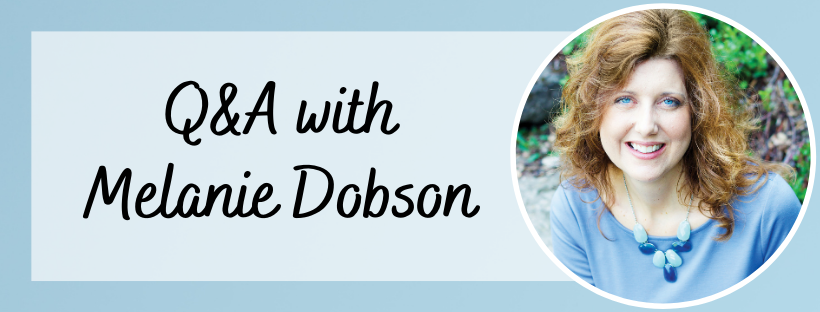
The new time-slip novel The Curator’s Daughter by award-winning author Melanie Dobson tells the story of a young girl, kidnapped on the eve of World War II, who changes the lives of a German archaeologist forced into the Nazi Party and—decades later—a researcher trying to overcome her own trauma. In the Q&A below, discover what Melanie had to say about who she wrote this new story for and her favorite character in the novel.
Q. Who did you write this book for?
A. All my novels are written in hopes of challenging and inspiring both men and women who read faith-centered fiction. I write for readers of all ages, and it brings me great joy when I hear from different generations in a family who are reading one of my time-slip novels together. In fact, the woman who initially inspired The Curator’s Daughter had read one of my books (Chateau of Secrets) with her daughter-in-law and granddaughter, and this prompted her to share her story with her family.
I also wrote The Curator’s Daughter for myself. My German ancestors had to make some very difficult choices before and during the war, and I wanted to search for answers as to why so many Germans seemed to rally behind the cruelty and oppression of Hitler’s Third Reich.
Q. Tell us about some of the core themes of The Curator’s Daughter. How do you hope these themes will resonate with and challenge your readers?
A. The importance of learning from history, the importance of remembering, is one of the main themes in The Curator’s Daughter. There are Jewish memory books from the thirteenth century, namestones, memorial stones from the book of Joshua, and German stumbling stones—all physical items set in place so future generations won’t forget.
Another major theme in this story is forgiveness. Both my past and present heroines struggle to forgive husbands who abused them, and they visit an old labyrinth above Nuremberg to pray and then lay down their burdens, their wounds, at the place where a cross once stood.
I hope readers will be inspired to break free of any bitterness and find ways to remember the miracles in their story to pass down as a legacy to the next generation.
Q. How did you get the idea for the connection between your two main characters, Hanna and Ember?
A. The connection between Hanna and Ember slowly developed as I realized that Ember would be a Holocaust researcher, inspired by the stories of her former teacher on Martha’s Vineyard, and the victim of a modern-day cult. As she delves deeper into her teacher’s past, she discovers Hanna’s story, and this story ultimately changes her life. As a time-slip writer, it’s rewarding for me to weave the stories of past and present characters together as I discover the connections between them. I won’t give away all the threads, of course, but the similarities in what Hanna faced in the 1940s and what Ember continues to face today surprised me.
Q. Which was your favorite character to write? Which one was the most challenging to write?
A. I really enjoyed writing Lilly’s perspective as a child in the Sonnenwiese Children’s Home. Most adults struggled silently during this difficult time, but I was able to raise some of the harder questions through the wonder and confusion of an innocent girl who understood clearly the difference between right and wrong. A girl who was ultimately forced by adults into believing a lie. Her journey, I think, represents what was happening to Germany as a whole at the time.
The most challenging character for me to write was Hanna Tillich, an archaeologist and eventually the wife of an SS officer. I liked her drive and search for the truth as she was trapped under Hitler’s regime, but it was hard to create an empathetic heroine who once worked for the Nazis.
As with many of my novels, I’d like readers to dig deep as they read her story and wonder what they would have done if they lived during the Holocaust. And what they can do now to help and encourage others.


